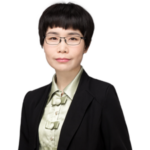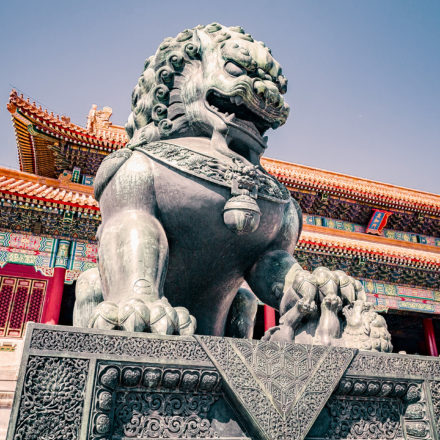Xiaoxia Zhang, an IP Partner in KWM’s Beijing office, explains the view of the Supreme People’s Court of the People’s Republic of China (SPC) on how an invention’s background technology and purpose can impact a claim for patent equivalent infringement.
The doctrine of equivalents gives patent holders a way to expand the scope of its literal protection, and to raise a claim against those products which may be not exactly identical to the patent product. The claim is based on equivalence – not exactness.
But how does a patented invention’s background technology and its purpose impact the determination of a patent equivalent infringement? The SPC has provided an answer in a latest issued patent infringement judgment, (2021) Zui Gao Fa Zhi Min Zhong No. 860.
At a high level, the SPC’s judgment means that the protection scope of a patent should not cover solutions which still contain the technical defects of a patent – and the doctrine of equivalents will not apply. Read on for more.
The facts of the case
- In November 2016, Baosuo Co., Ltd. (Baosuo) applied for a utility model patent titled “Sealing Device for Mechanically Compressing Paper Rolls” (the asserted patent), which was granted in December 2017.
- In November 2019, Baosuo sued Dechangyu Co., Ltd. (Dechangyu) and related company for infringement of the asserted patent before the Shijiazhuang Intermediate People’s Court of Hebei Province (the first-instance court).
- Baosuo claimed that they should cease all infringing activities and bear the responsibility for damages. Dechangyu argued that its accused technology was different from the technology of the asserted patent and it did not fall within the protection scope of the patent.
- In February 2021, the first-instance court held that, comparing the technical features of Dechangyu’s accused product with the technical features of Claim 1 of the asserted patent, they were neither identical nor equivalent. Dechangyu’s accused technical solution did not fall within the protection scope of the asserted
- Baosuo appealed to the SPC. After the trial, in August 2021, the SPC dismissed the appeal and upheld the original judgment.
The SPC’s findings
- The correct way to apply the doctrine of equivalents
Applying the doctrine of equivalents in patent infringement cases can effectively protect the legitimate rights and interests of the patentee and increase the social incentives to innovate. It does this by allowing the moderate expansion of the literal protection scope of claims. Yet it is also necessary to prevent the abuse of the doctrine of equivalents from leading to uncertainty about the protection scope of claims and thus jeopardizing the interests of the public.
- The technical defeat of background technology
Baosuo’s asserted Chinese Patent describes an obvious technical defect in the background technology which uses a clamping jig to seal. Its sealing effect is extremely unstable, and it highly depends on whether the jig can produce a sealing edge on the circumferential area of the paper roll. The purpose of the asserted patent is to provide a sealing device that can mechanically press the paper rolls to overcome this technical defect. That is, the technical solution of the asserted patent is specifically proposed to address the technical defects of the background technology.
- A new technical solution
Baosuo’s asserted patent describes using an extrusion mechanism to exert pressure only on the edge of the first clamping member. This produces a step-like deformation which improves the background technology. By contrast, the background technology produces deformation by pressing the paper roll on the edges of the two clamping members of the jig. That is, the technical solution of the asserted patent is an improvement over the background technology.
- Clear and convincing view
SPC held that Dechangyu’s accused product adopts the solution of pressing the edges of the first and second clamping members to produce deformation. This is substantially the same as the technical means of producing deformation in the edges of the two claiming members of the jig, as described in the background technology. Dechangyu’s accused product is obviously distinguished from the corresponding technical feature of Claim 1 in Baosuo’s asserted patent, which exerts pressure only on the edge of the first clamping member and produces a step-like deformation.
Key takeaways
Under an equivalent infringement determination, there are cases where the protection scope of a patent should no longer include the technology solution containing the technical defects that the patent aims to solve. This is the case if technical people skilled in the field, after reading the claims, description, and drawings of a product in their entirety, determine that:
- one of the purposes of the invention in the asserted patent is to overcome a technical defect in a certain background technology, and
- the technical defect is overcome by discarding that background technology solution.
If you would like to know more about the cases those are informing how businesses protect their IP in China, see Xiaoxia Zhang’s other posts:








